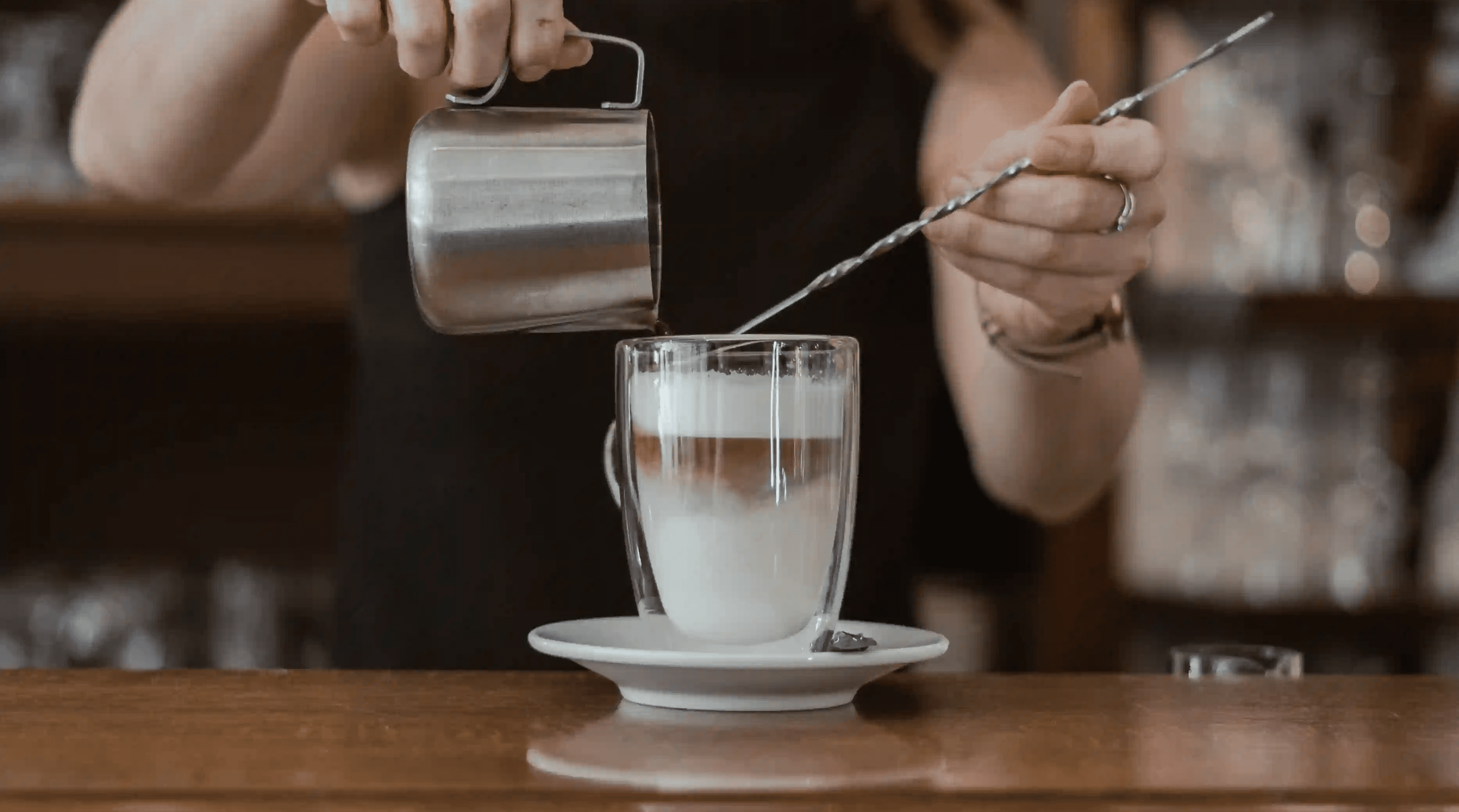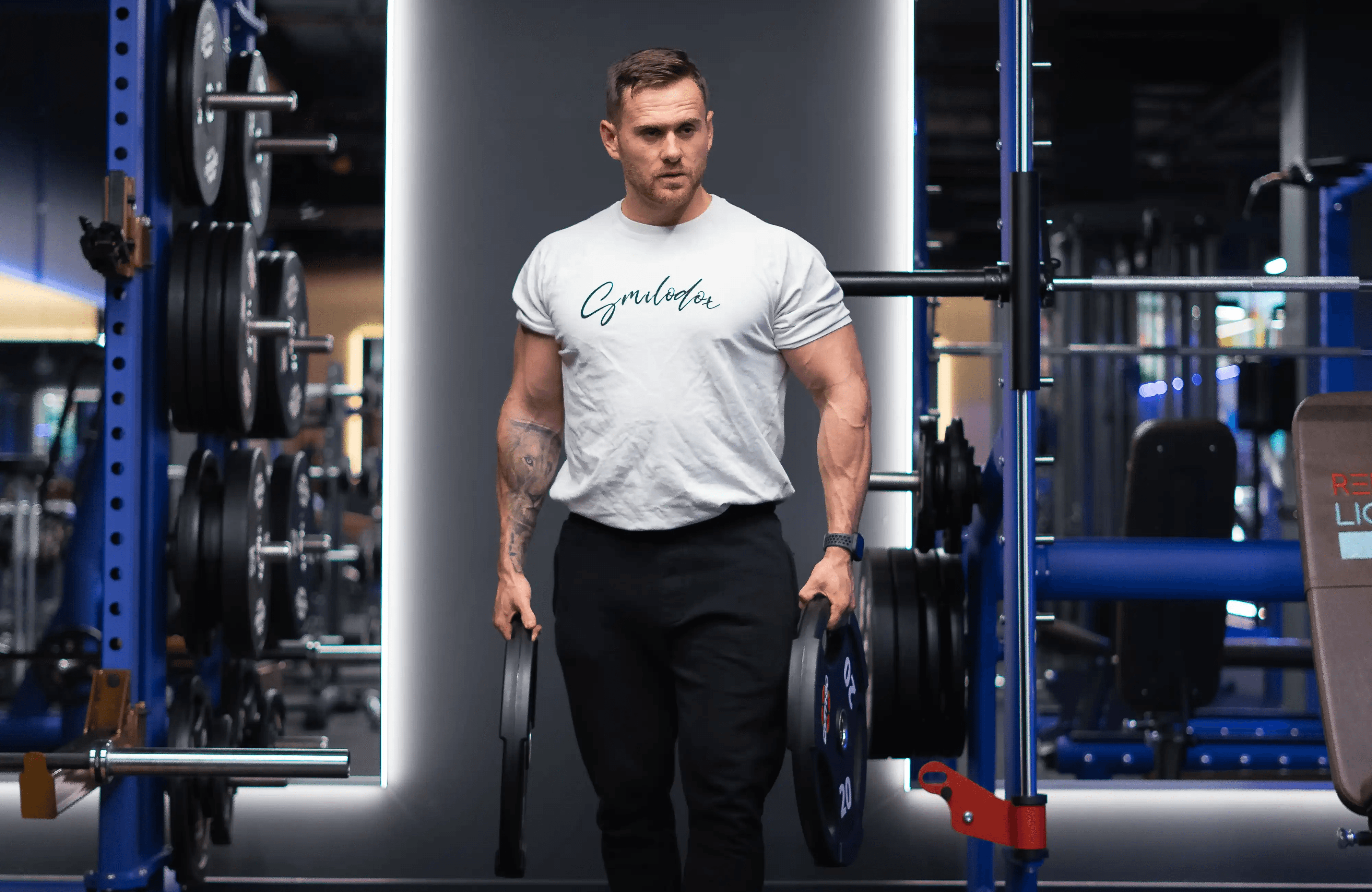Tinvisuals
Photographer | Videographer |
Content Creator
Tinvisuals
Photographer | Videographer |
Content Creator
I have a passion for creating images that capture the beauty of moment.
Social Media
Social Media
How to Create Stunning Product Photography for Social Media



21 SEP 2024
In the world of e-commerce and social media marketing, great product photography can be a game-changer. It’s not just about showing what a product looks like; it’s about making it look irresistible. Whether you’re shooting for your own brand or helping clients create a visual identity, mastering product photography can help you attract attention, build trust, and ultimately drive sales. From the choice of background to the way the product is lit, every detail matters. In this blog, we’ll cover essential tips and tricks to help you create stunning product photos that stand out on social media.
Setting Up Your Home Studio
You don’t need a full-fledged professional studio to shoot great product photos. With the right equipment and a bit of creativity, you can set up a home studio that delivers professional results. We’ll guide you through selecting essential gear such as a camera with a macro lens, a tripod, and adjustable lights. Simple additions like a light tent or diffuser can help you manage reflections and shadows, especially when shooting glossy or metallic products. Creating a controlled environment will allow you to highlight the product's features without distractions.
Composition Techniques for Product Photography
Composition plays a critical role in how a product is perceived. Leading lines, the rule of thirds, and symmetry are all techniques that can draw attention to the product’s key features. Experiment with angles and perspectives to see what makes the product look most appealing. For example, shooting a product from a low angle can make it appear more prominent and powerful, while an overhead shot can work well for flat-lay images of items like accessories, food, or stationery. Each product is different, so try multiple setups to see what works best.

Post-Processing Tips to Enhance Product Images
After the shoot, the work doesn’t stop. Post-processing is where you can refine your images and make the products pop. Simple adjustments to brightness, contrast, and saturation can make a huge difference. Tools like Adobe Lightroom and Photoshop are excellent for retouching, color correction, and even removing unwanted blemishes or distractions. Remember, the goal is to make the product look as good as, or even better than, it does in real life without misleading potential customers.
Conclusion
Product photography is all about making the product look its best. With a well-thought-out setup, careful composition, and strategic editing, you can create images that capture attention and inspire action. Whether you’re photographing fashion items, electronics, or handcrafted goods, following these techniques will help you produce photos that elevate the brand and entice viewers to learn more.
In the world of e-commerce and social media marketing, great product photography can be a game-changer. It’s not just about showing what a product looks like; it’s about making it look irresistible. Whether you’re shooting for your own brand or helping clients create a visual identity, mastering product photography can help you attract attention, build trust, and ultimately drive sales. From the choice of background to the way the product is lit, every detail matters. In this blog, we’ll cover essential tips and tricks to help you create stunning product photos that stand out on social media.
Setting Up Your Home Studio
You don’t need a full-fledged professional studio to shoot great product photos. With the right equipment and a bit of creativity, you can set up a home studio that delivers professional results. We’ll guide you through selecting essential gear such as a camera with a macro lens, a tripod, and adjustable lights. Simple additions like a light tent or diffuser can help you manage reflections and shadows, especially when shooting glossy or metallic products. Creating a controlled environment will allow you to highlight the product's features without distractions.
Composition Techniques for Product Photography
Composition plays a critical role in how a product is perceived. Leading lines, the rule of thirds, and symmetry are all techniques that can draw attention to the product’s key features. Experiment with angles and perspectives to see what makes the product look most appealing. For example, shooting a product from a low angle can make it appear more prominent and powerful, while an overhead shot can work well for flat-lay images of items like accessories, food, or stationery. Each product is different, so try multiple setups to see what works best.

Post-Processing Tips to Enhance Product Images
After the shoot, the work doesn’t stop. Post-processing is where you can refine your images and make the products pop. Simple adjustments to brightness, contrast, and saturation can make a huge difference. Tools like Adobe Lightroom and Photoshop are excellent for retouching, color correction, and even removing unwanted blemishes or distractions. Remember, the goal is to make the product look as good as, or even better than, it does in real life without misleading potential customers.
Conclusion
Product photography is all about making the product look its best. With a well-thought-out setup, careful composition, and strategic editing, you can create images that capture attention and inspire action. Whether you’re photographing fashion items, electronics, or handcrafted goods, following these techniques will help you produce photos that elevate the brand and entice viewers to learn more.

